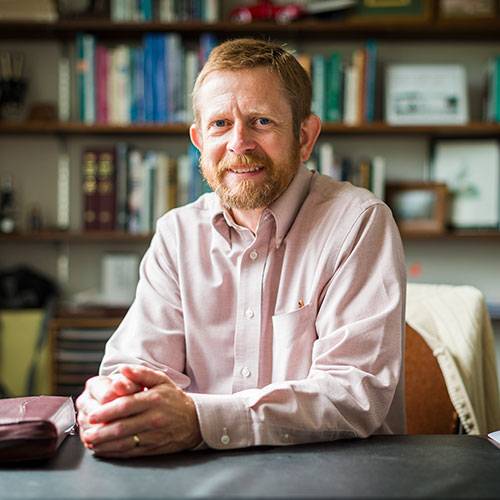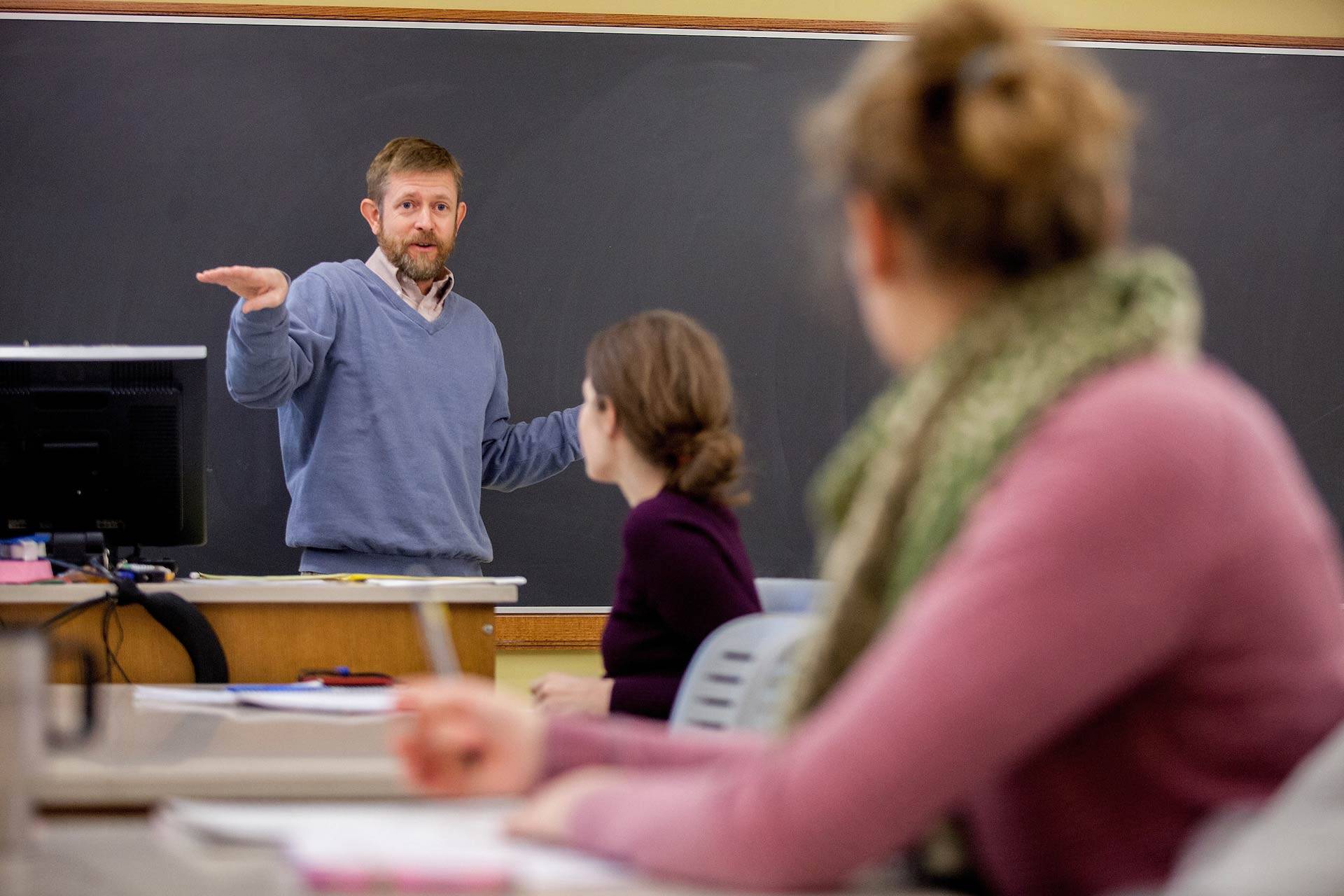Articles in Journal of Mammalogy, Acta Theriologica, Biological Invasions, Forest Ecology and Management, Mammalian Species, Physical Geography, American Midland Naturalist, Journal of the Elisha Mitchell Scientific Society, Plant Ecology, Brimleyana, Journal of Parasitology, and others.
Brown, M.E., R.O. Prieto, J.D. Corbin, J.H. Ness, R. Borroto-Páez, T.S. McCay, S.F. Cushman, and M.S. Farnsworth. 2021. Plant Pirates of the Caribbean: is Cuba sheltered by its revolutionary economy? Frontiers in Ecology and the Environment doi:10.1002/fee.2311
Chang, C.-H., M. Bartz, G. Brown, M. Callaham, E. Cameron, A. Dávalos, A. Dobson, J. Gorres, B. Herrick, H. Ikeda, S. W. James, M. R. Johnston, T.S. McCay, D. McHugh, Y. Minamiya, M. Nouri-Aiin, M. Novo, J. Ortiz-Pachar, R. A. Pinder, T. Ransom, J. B. Richardson, B. A. Snyder, and K. Szlavecz. 2021. The second wave of earthworm invasions in North America: Biology, environmental impacts, management and control of invasive jumping worms. Biological Invasions 23:3291-3322.
Johnson, D.M.*, K.M. Gale*, A.M. Dobson, and T.S. McCay. 2021. Distribution and public perception of invasive pheretimoid "Jumping Worms" in the northeastern United States. Northeastern Naturalist 28: 383-396.
McCay, T.S., G. Brown, M. A. Callaham, Jr., C.-H. Chang, A. Dávalos, A. Dobson, J. Gorres, B. M. Herrick, S. W. James, M. R. Johnston, D. McHugh, T. Minteer, J.-D. Moore, M. Nouri-Aiin, M. Novo, J. Ortiz-Pachar, R. A. Pinder, J. B. Richardson, B. A. Snyder, K. Szlavecz. 2020. Toolkit for monitoring and study of peregrine pheretimoid earthworms (Megascolecidae). Pedobiologia 83:150669.
Anderson, L.J., J.A. Dosch, E.S. Lindquist, T.S. McCay, J.-L. Machado, K.L. Kuers, T.B. Gartner, K. Shea, C. Mankiewicz, V.L. Rodgers, P.A. Saunders, R. Urban, J.S. Kilgore, A. Powell, B. Ramage, M. Steinweg, J. Straub, S.L. Bunnell, M. Witkovsky-Eldred. 2020. Assessment of student learning in undergraduate courses with collaborative projects from the Ecological Research as Education Network (EREN). Scholarship and Practice of Undergraduate Research 4:15 - 29.
McCay, T.S. and P. Scull. 2019. Invasive lumbricid earthworms in northeastern North American forests and consequences for leaf-litter fauna. Biological Invasions 21: 2081-2093.
Armstrong, G.W.*, A. Mahmood*, A. Nugent*, S. Dexter*, E. Hutto*, T.S. McCay, and A. Ay. 2017. WORMSPREAD: An individual-based model of invasive earthworm population dynamics. Computational Ecology and Software 7:109-122.
McCay, T.S., R.A. Pinder, E. Alvarado*, and W.C. Hanson*. 2017. Distribution and habitat of the endemic earthworm Eisenoides lonnbergi (Michaelsen), in the northeastern United States. Northeastern Naturalist 24:239-248.
Homan, C.*, C. Beier, T. McCay, and G. Lawrence. 2016. Application of lime (CaCO3) to promote forest recovery from severe acidification increases potential for earthworm invasion. Forest Ecology and Management 368: 39-44.
McCay, T.S., C.E. Cardelus, and M.A. Neatrour. 2013. Rate of litter decay and litter macroinvertebrates in limed and unlimed forests of the Adirondack Mountains, USA. Forest Ecology and Management 304: 254-260.
Thompson, J.D.*, J.S. Fish*, and T.S. McCay. 2013. Soil liming mitigates the negative effect of simulated acid rain on the isopod, Porcellio scaber. Journal of Crustacean Biology 33: 440-443.
Bernard, M.J.*, M.A. Neatrour, and T. S. McCay. 2009. Influence of soil buffering capacity on earthworm growth, survival, and community composition in the western Adirondacks and central New York. Northeastern Naturalist 16:269-284.
* Student authors

